
Corbin Davenport
Contributing since August, 2015
-
3615articles
Page 122
About Corbin Davenport
Corbin is a tech journalist and developer who worked at Android Police from 2016 until 2021. Check out his other work at corbin.io.
Latest Articles
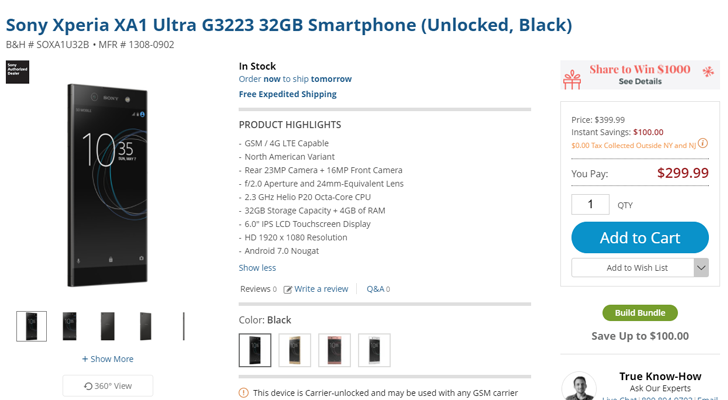
The XA1 and XA1 Ultra were revealed back in February as a pair of 'super mid-range' phones. The XA1 Ultra finally arrived in the United States in July, for a rather-high price tag of $399. Now you can grab one for $100 off at just about everywhere the phone is sold.As for specifications, this has a MediaTek Helio P20 processor, 4GB RAM, 32GB of expandable storage, NFC, and a 6" 1080p IPS display. There's a Type-C port for charging, which you don't always see in phones at this price range. The Ultra has a 23MP back camera and a 16MP front camera, both with f/2.0 aperture. It currently has Android 7.0, but Sony has promised that Android 8.0 Oreo will arrive at some point.At this lower price, I would say the XA1 Ultra is a much better competitor to the 64GB Moto G5 Plus, which is also $299. The XA1 Ultra has NFC and a USB Type-C port, both of which the G5 Plus lack, and the Ultra's cameras are better. However, the G5 Plus has a better Snapdragon 625 processor with both GSM and CDMA support.If you're interested, you can buy one from various retailers below.Source: Amazon, Best Buy, B&H, Fry's, Walmart, Abt, BuyDig
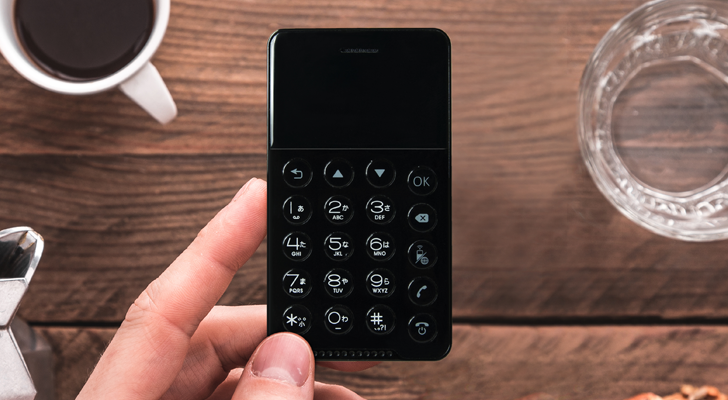
Eastern Asia is home to some interesting smartphones, like various Android-powered flip phones from Samsung and LG. Earlier today, the 'NichePhone-S' from FutureModel was announced in Japan. It's a phone the size of a credit card priced around 10,000 yen (or $88 USD), with a heavily customized version of Android.
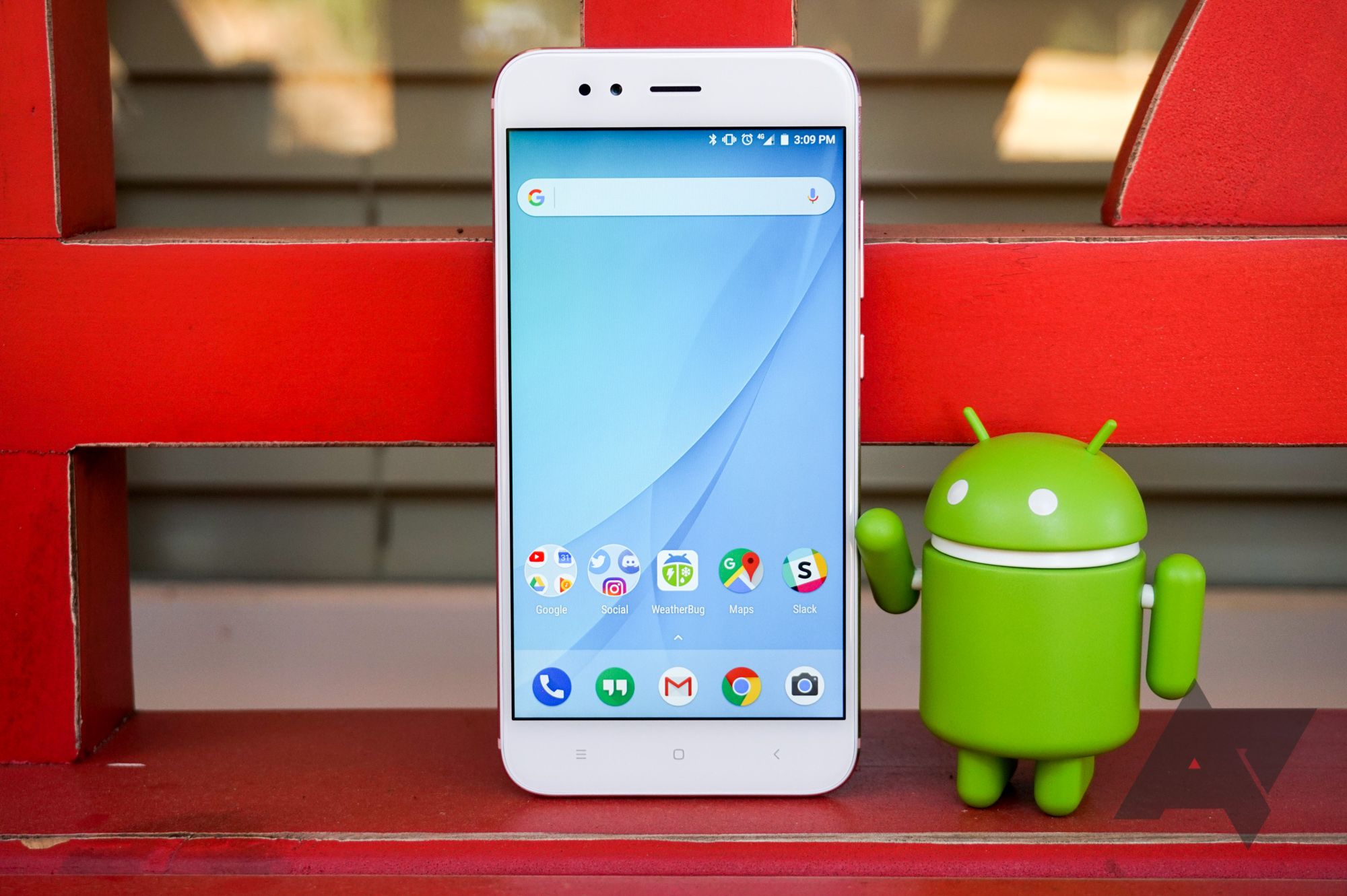
Team Win Recovery Project, or TWRP for short, is just about the only custom recovery worth using in 2017. It does everything most people need, works on a massive number of devices, and can be themed. The last time we covered TWRP, it added support for the Pixel 2 and a few other phones. Now the recovery is officially available for some of ASUS' new phones, and Xiaomi's first Android One device.
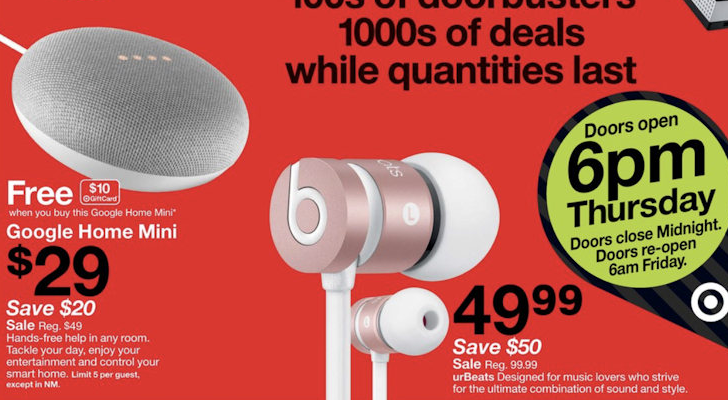
Thanksgiving is coming up this month in the United States, which means retailers are prepping for Black Friday. Just about every major store will have steep discounts on items, but whether they are worth fighting crowds for is another question. Target's ad for Black Friday was recently released, and there are a few noteworthy deals for Google, Amazon, and Samsung products.
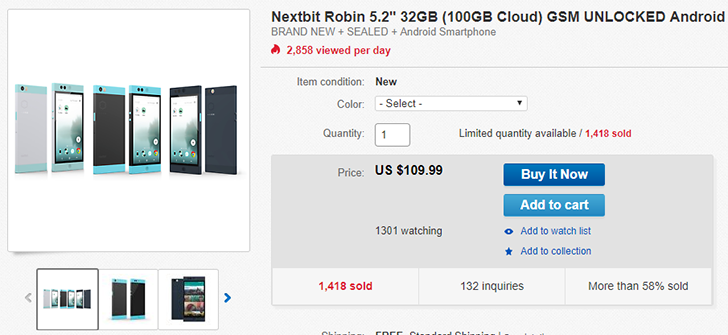
Read update
The Nextbit Robin, much like the legendary HP TouchPad, became a much better device after the price dropped. The cost has continued to fall over the past few months, and now you can buy one for just $109.99 on eBay - the lowest we've seen it drop.
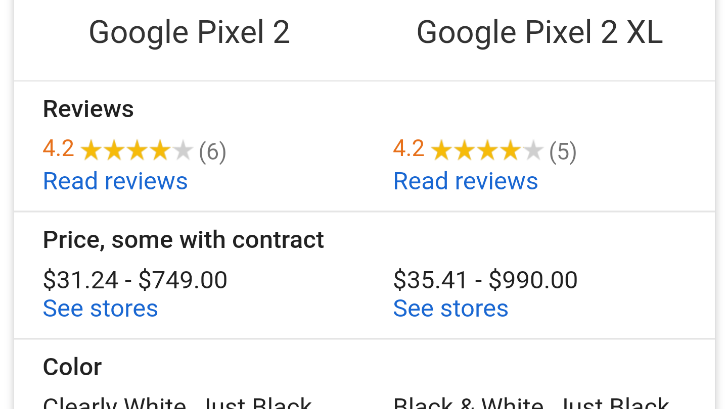
Google occasionally adds new features to its web search or makes design changes, sometimes without a public announcement. Most recently, Google began rolling out a rounded interface to the mobile search. Now, the company appears to be testing a new comparison feature.
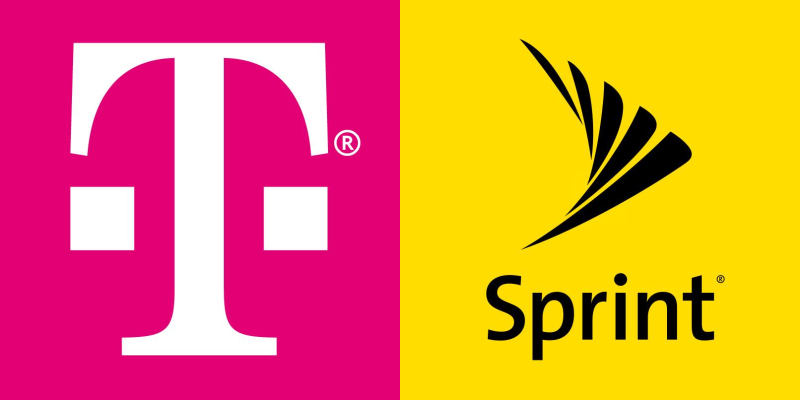
What a roller coaster the past two months have been. T-Mobile and Sprint were first reported to be in merger talks in late August, with an announcement planned for the end of October. Everything seemed to be going well, but Sprint eventually pulled out due to ownership concerns. The combined carrier would have been majority owned by T-Mobile's parent company, which SoftBank and Sprint weren't happy about.
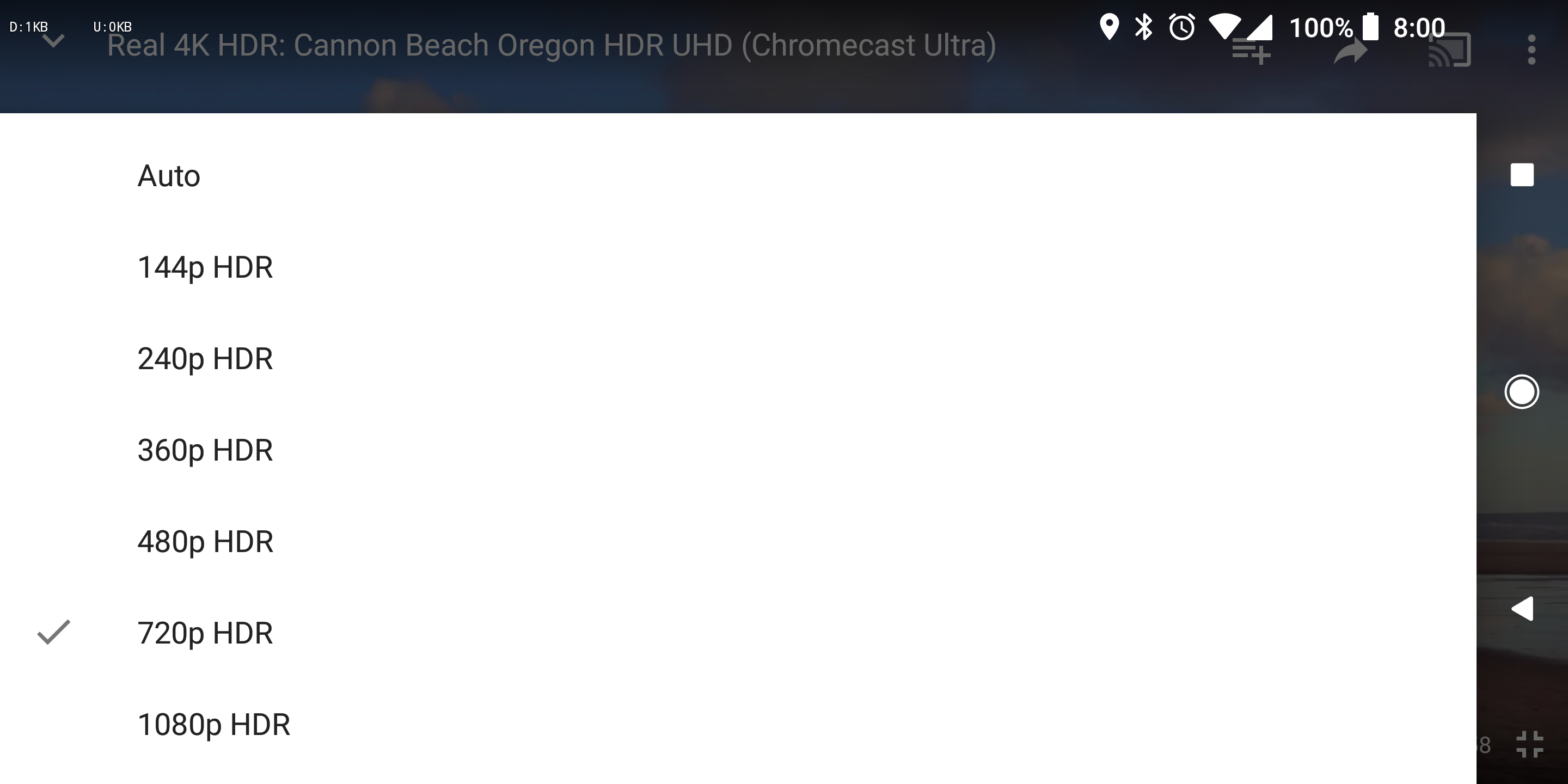
Back in September, Google added the ability to play HDR content to the YouTube Android app. It's still only available to a handful of devices, but even on those, many noticed performance issues on higher resolutions. Especially at 1440p, videos often stuttered with dropped frames.
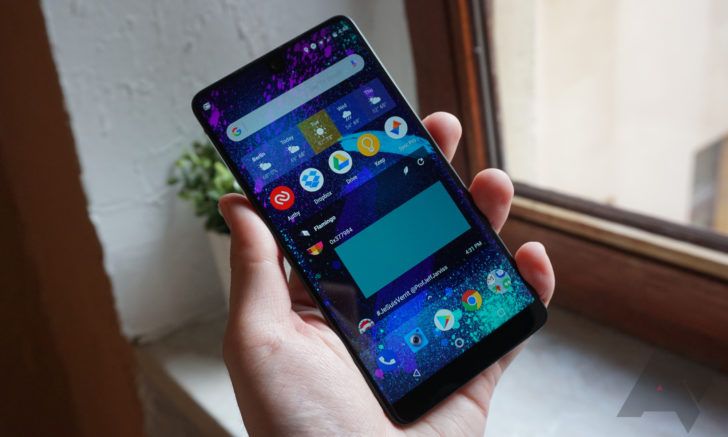
Late last month, Essential dropped the price of its flagship (and only) phone from $699 to $499 in the United States. While Essential said it lowered the price in order to help the company break into the smartphone market, it's also very likely that sales have been poor. A drop was also announced for Canada, but the new price wasn't revealed at the time.
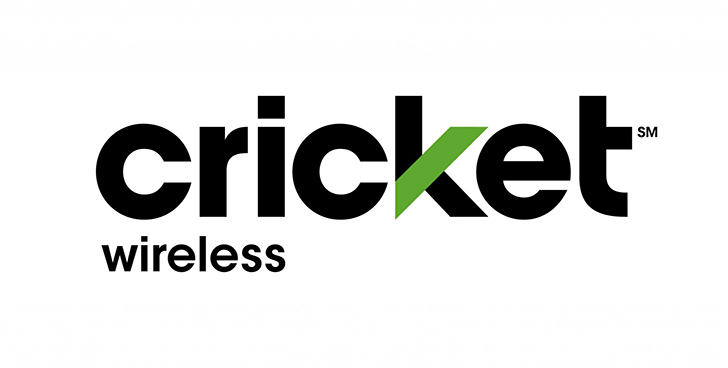
Cricket Wireless, the MVNO owned by AT&T, tends to change its pricing tiers from time to time. Back in May, the company increased the amount of high-speed data on its $40/month plan from 3GB to 4GB. Starting November 5, new changes will go into affect for its $30/mo and $40/mo tiers.
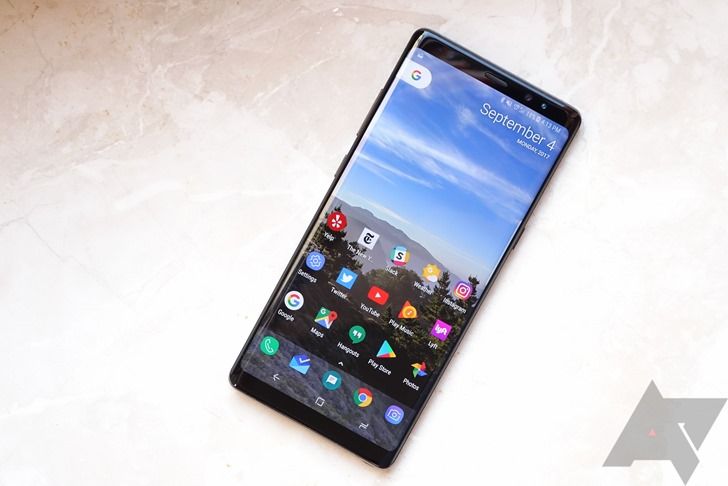
The Galaxy Note8 launched back in August, with a shockingly-high retail price of $929.99. That price no doubt kept many potential buyers away, but deals and promotions started appearing almost immediately after release. If you're on T-Mobile, you can now buy a Note8 for $110 off the original price, making the phone $820.
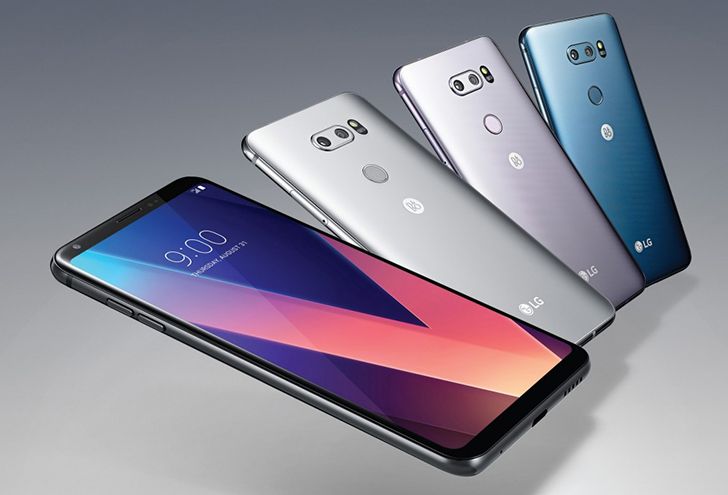
The LG V30 was released in South Korea a month ago, and it arrived in the United States soon after. The phone shipped with Android 7.1.2, and LG sadly didn't give a timeframe for an Oreo update. However, it looks like the company has been hard at work on an Oreo update, and South Korean residents can try it today.

T-Mobile and Sprint were first reported to be in merger talks in late August, with the announcement originally planned for the end of October. Last month, a report from Bloomberg stated that the carriers' parent companies (Deutsche Telekom and SoftBank) were in the final stages of an agreement. But the end of October came and went with no announcement.
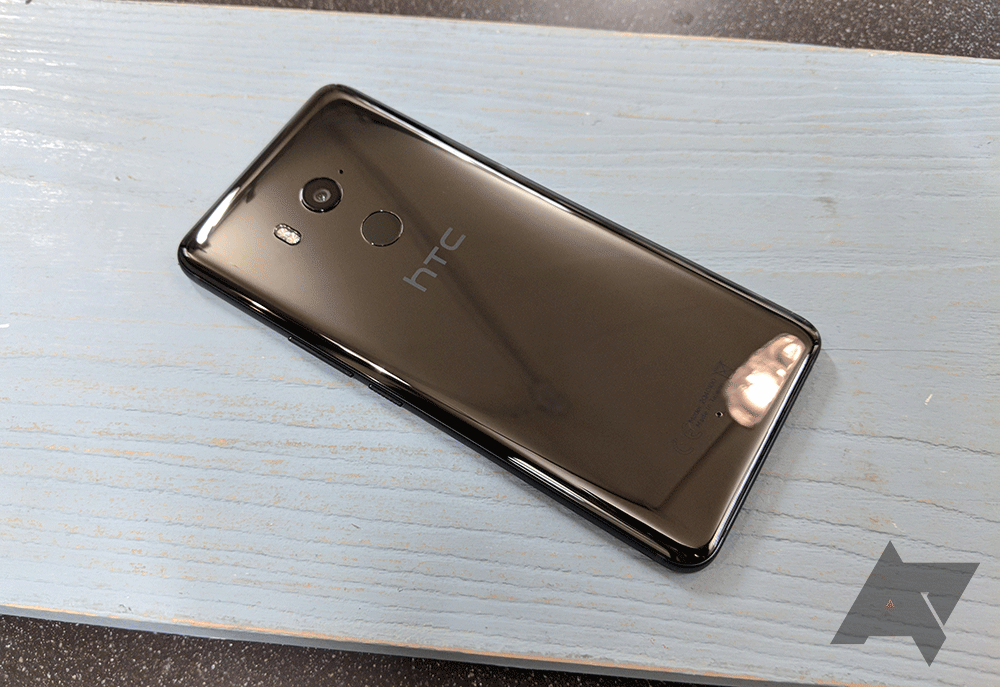
Earlier this year, a device called 'Muskie' appeared in AOSP (alongside 'Walleye'), which was believed to be the larger 2017 Pixel device. Then the phone was seemingly cancelled, with the LG-made 'Taimen' taking its place. Taimen turned out to be the actual Pixel 2 XL, and Walleye became the HTC-made Pixel 2. Recently, more evidence was discovered that Muskie was being made by HTC, and it would have had a massive 3,830mAh battery.
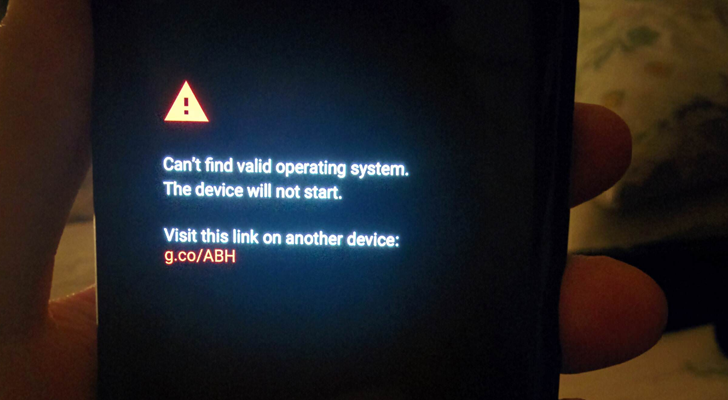
Tech products almost always have problems when they are first released, but the Pixel 2 XL seems to be having a fair amount of them. Display woes aside, buyers are reporting issues with Android Auto, Portrait Mode, and audio quality with recorded video. Now, multiple reports have surfaced about a manufacturing defect that keeps the phone from booting up at all.
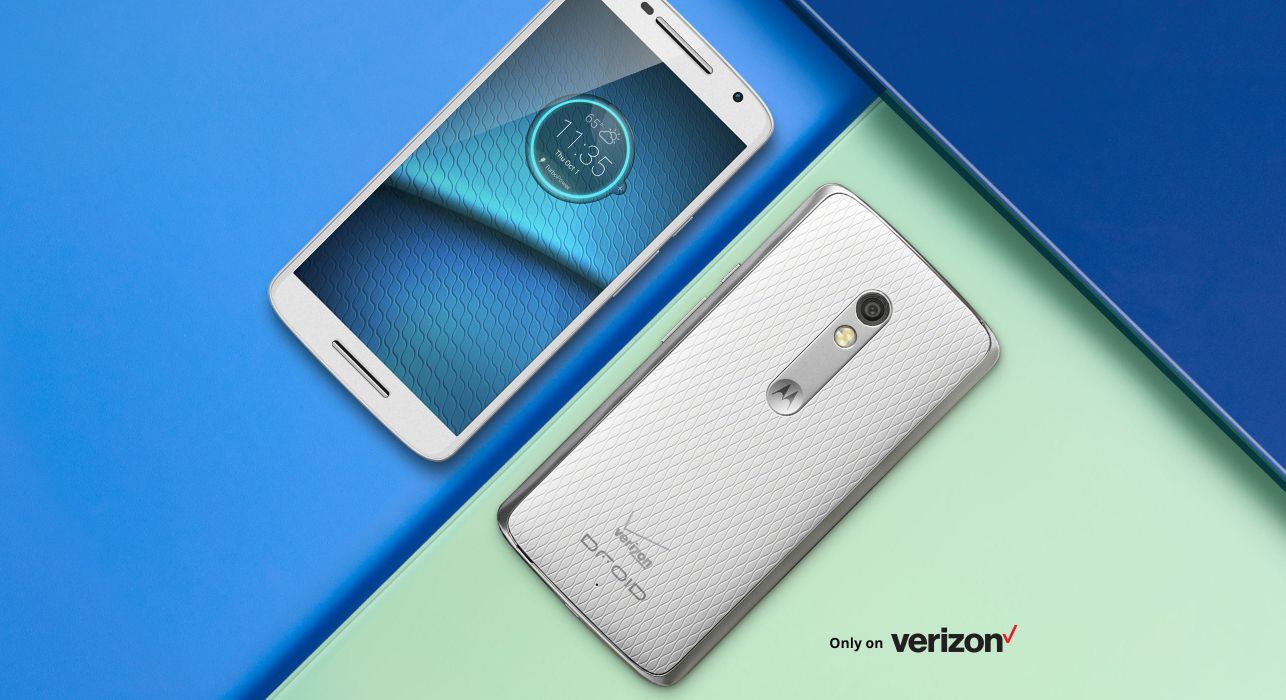
Back in 2015, Motorola released the Moto X Play, a 5.5" phone with a massive 3,630mAh battery. In the United States, the phone was called the DROID Maxx 2, and was a Verizon exclusive. Over the past month, Android 7.1.1 has slowly been rolling out to the X Play in some regions, with the phone previously running Android 6.0. An update is planned for the Maxx 2, but it hasn't been released yet.
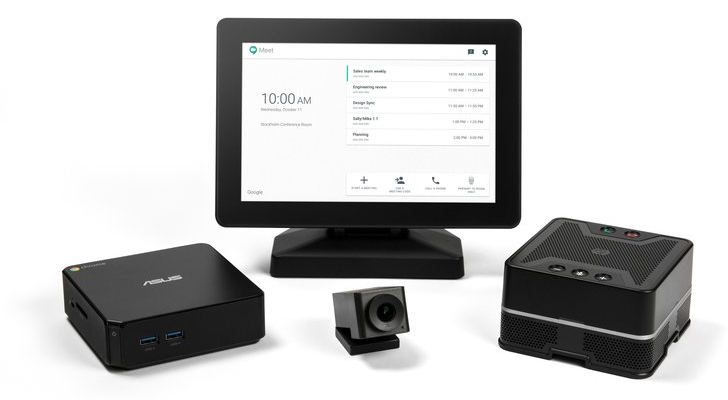
Back in March, Google split Hangouts into two separate apps - 'Meet' for video conferences, and 'Chat' for Slack-style company messaging. In a new blog post, Google revealed the 'Hangouts Meet hardware kit,' designed to get companies up and running with Hangouts Meet for their boardrooms or other meeting locations.
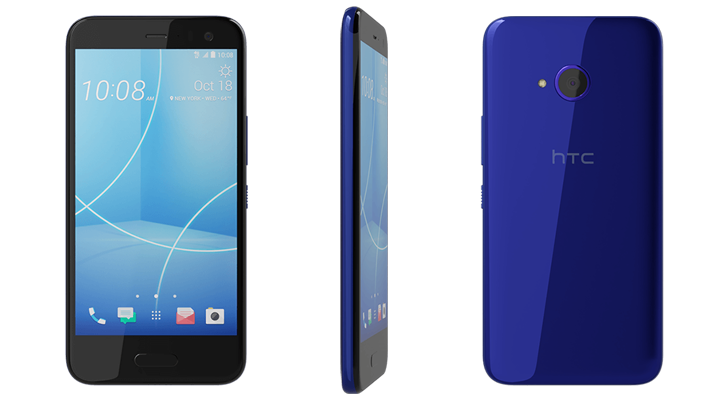
HTC is getting ready to release two phones in the near future. The first is the HTC U11 Plus, which is expected to have an 18:9 display with minimal bezels. The second is the U11 Life, a mid-range device originally expected to ship with Android One. HTC has an event scheduled for November 2 where the U11 Life is expected to be revealed, but T-Mobile may have just spoiled every detail possible.

A possible merger between T-Mobile and Sprint has been a topic of discussion and rumors for years. Last month, it was revealed that the two companies were (again) in talks of a merger, with T-Mobile's parent company Deutsche Telekom having majority ownership of the new carrier.
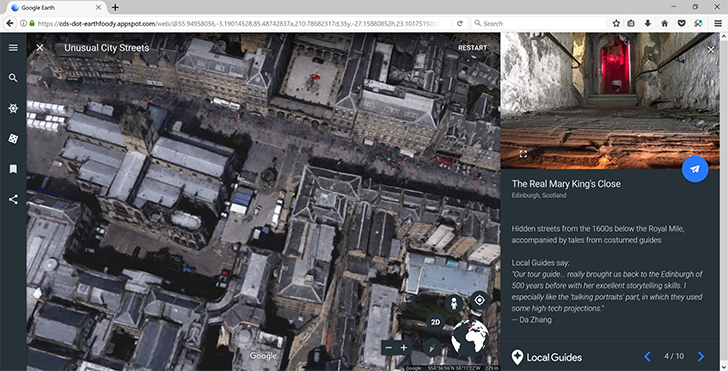
After two years in development, the web-based Google Earth 9.0 debuted earlier this year. The new version runs entirely in the web browser, but it only works in Google Chrome. This is because it used Portable Native Client (NaCl), a technology that allows C and C++ code to run in the Chrome browser. Since no other browser bothered implementing NaCl, the Earth web app was exclusive to Chrome.

